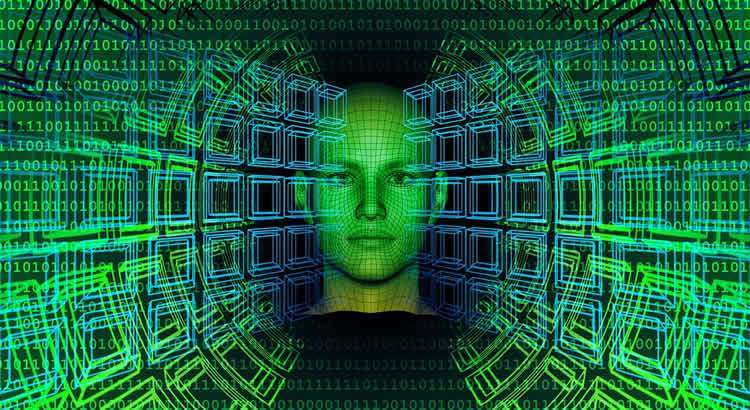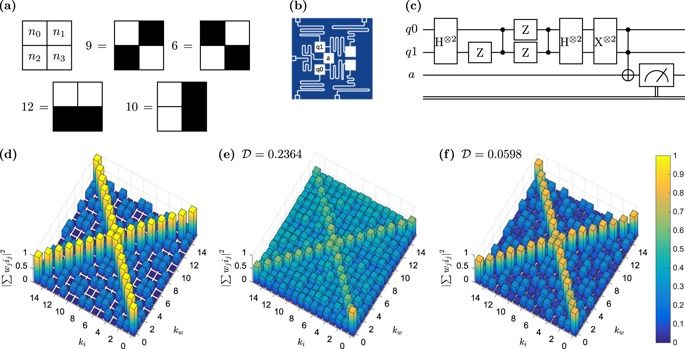Summary: Machine learning significantly improves the accuracy of predicting premature deaths, from all causes, in a middle-aged population compared with more traditional models. Source: University.
Neuroscience News

Summary: Machine learning significantly improves the accuracy of predicting premature deaths, from all causes, in a middle-aged population compared with more traditional models. Source: University.
Neuroscience News

The Quantum Flagship was first announced in 2016, and on 29 October, the commission announced the first batch of fund recipients. The 20 international consortia, each of which includes public research institutions as well as industry, will receive a total of €132 million over 3 years for technology-demonstration projects.
One of the most ambitious EU ‘Flagship’ schemes yet has picked 20 projects, aiming to turn weird physics into useful products.

Artificial neural networks are the heart of machine learning algorithms and artificial intelligence. Historically, the simplest implementation of an artificial neuron traces back to the classical Rosenblatt’s “perceptron”, but its long term practical applications may be hindered by the fast scaling up of computational complexity, especially relevant for the training of multilayered perceptron networks. Here we introduce a quantum information-based algorithm implementing the quantum computer version of a binary-valued perceptron, which shows exponential advantage in storage resources over alternative realizations. We experimentally test a few qubits version of this model on an actual small-scale quantum processor, which gives answers consistent with the expected results. We show that this quantum model of a perceptron can be trained in a hybrid quantum-classical scheme employing a modified version of the perceptron update rule and used as an elementary nonlinear classifier of simple patterns, as a first step towards practical quantum neural networks efficiently implemented on near-term quantum processing hardware.
Robotics are going to become common in farming, reducing the need for back-breaking labor.
The latest creation from Softbank’s Boston Dynamics looks ready for actual work.

Google’s new lab is indicative of a broader effort to bring so-called machine learning to robotics. Researchers are exploring similar techniques at places like the University of California, Berkeley, and OpenAI, the artificial intelligence lab founded by the Silicon Valley kingpins Elon Musk and Sam Altman. In recent months, both places have spawned start-ups trying to commercialize their work.
In 2013, the company started an ambitious, flashy effort to create robots. Now, its goals are more modest, but the technology is subtly more advanced.
We interviewed Andrew Yang, a Democratic candidate for president of the United States who has made an answer to automation one of the central issues of his campaign. The tech-minded candidate shares his thoughts on drones, geo-engineering, asteroid detection, space force and more!
#AndrewYang #Yang2020 #WhatTheFuture
CNET playlists: https://www.youtube.com/user/CNETTV/playlists
Download the new CNET app: https://cnet.app.link/GWuXq8ExzG
Like us on Facebook: https://www.facebook.com/cnet
Follow us on Twitter: https://www.twitter.com/cnet
Follow us on Instagram: http://bit.ly/2icCYYm

As the artificial brain races towards the singularity, what we often forget is the boost to human brainpower that will accompany it. As we increase our senses and perceptions, humans have a choice what to do with these new superpowers, that can be used to reinforce one’s tunnel vision of life or to ignore it.
This story is part of What Happens Next, our complete guide to understanding the future. Read more predictions about the Future of Fact.
Not everyone experiences the world in the same way. Whether it’s how you react to the results of an election or what tones you hear in a sound clip, observable reality is often not as objective as you think it is.
Emerging technologies such as augmented reality will further blur this line. With AR on mobile devices and head-mounted displays, we’re well within the start of what it means to live an augmented life. Humans are doing a lot of fun things right now, like integrating playful games into our world and painting ourselves with digitally applied effects and makeup. We’re also starting to find utility for AR in the workplace and with hardware designed specifically for the enterprise market.
